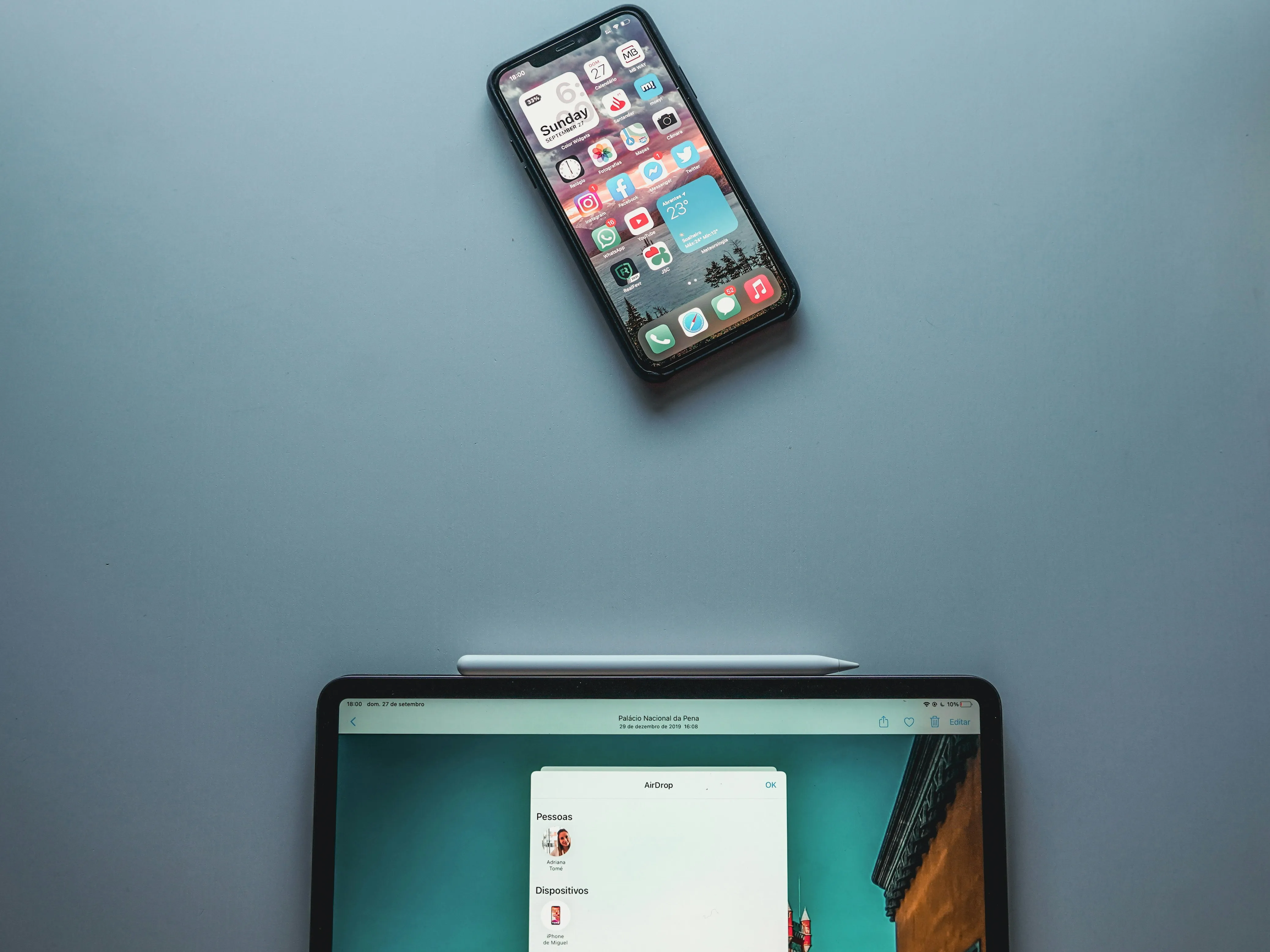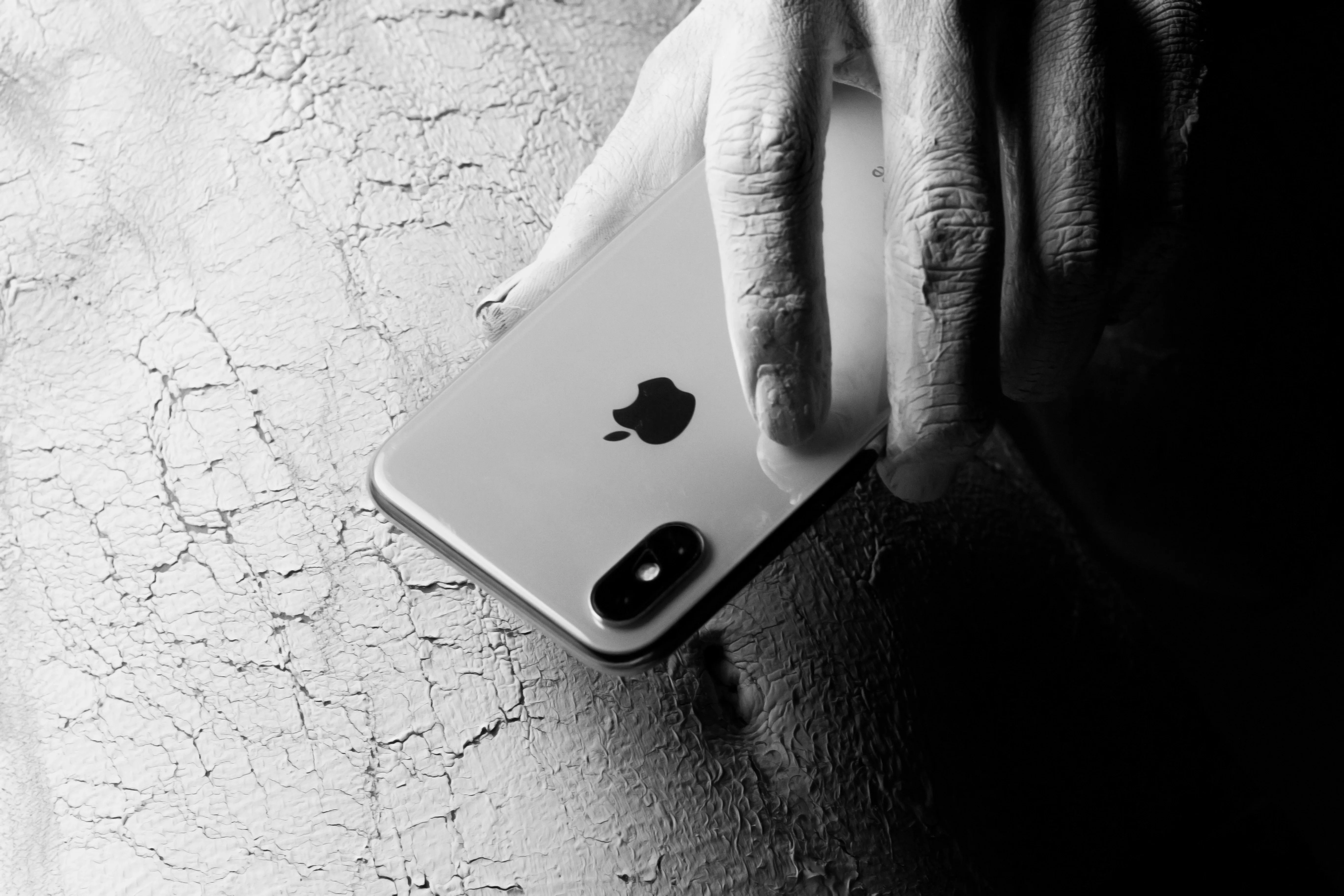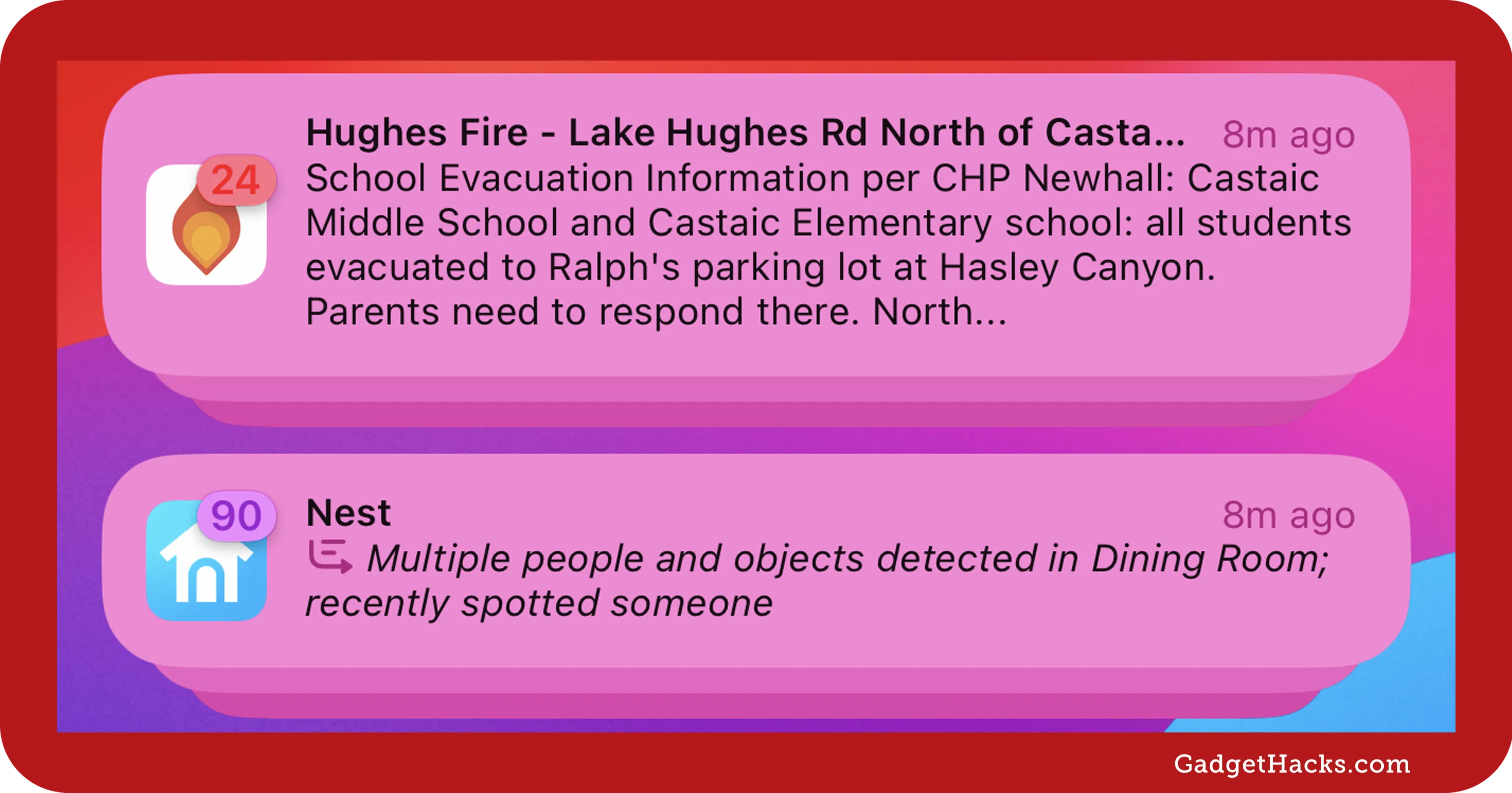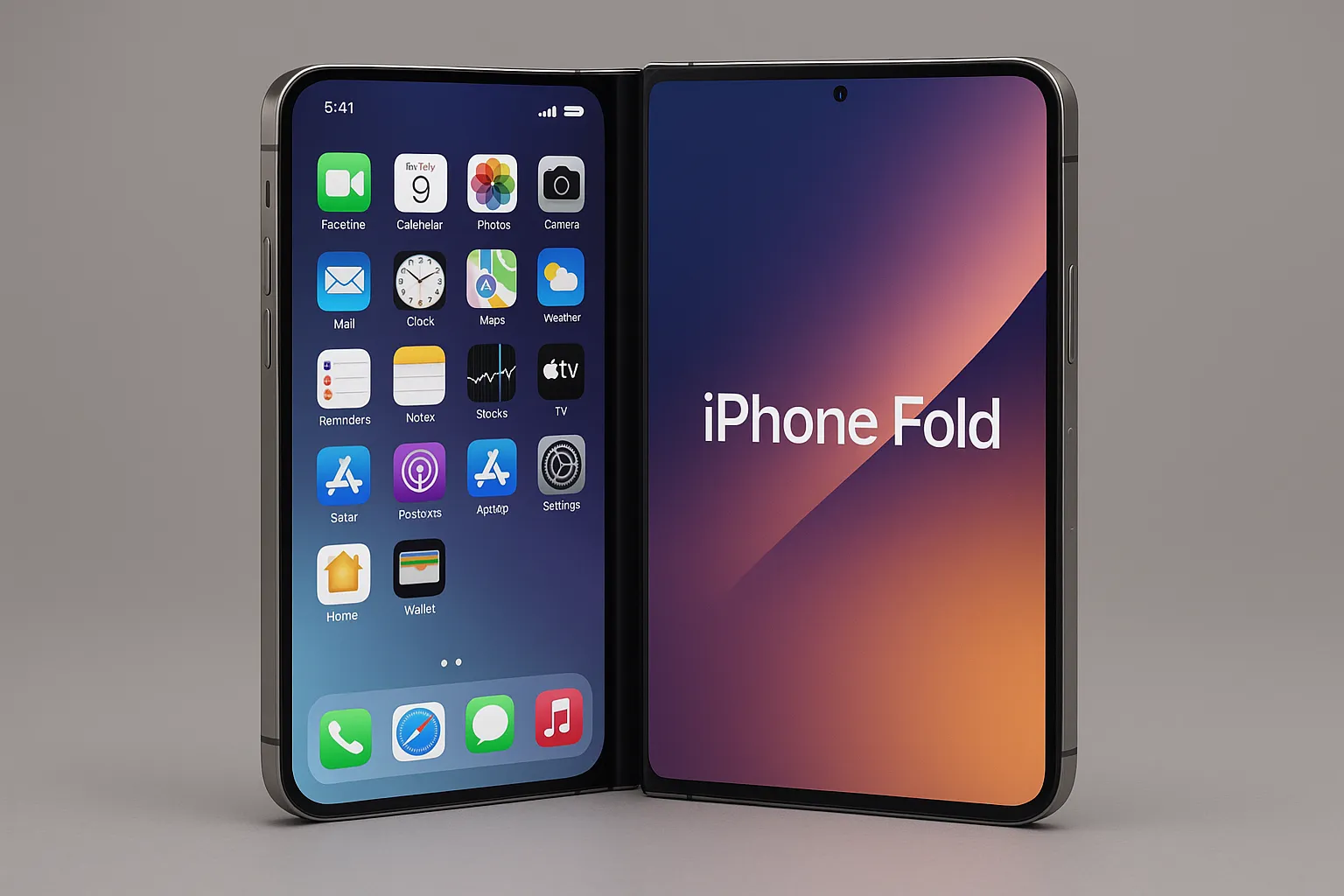It's not just iPhones. The entire smartphone market these days has a reputation for being expensive. Many flagship smartphones are advertised at $1,000 minimum. Looking for more storage space, or an extra camera or two? That price continues to rise. However, you don't need to take out a mortgage to buy a quality iPhone. In fact, when it comes to reasonable prices, you have more options than ever.
Apple's iPhone SE (2nd generation) made a splash earlier this year for offering a modern iOS experience all for $399 plus tax. Sure, you had to make sacrifices, such as an outdated design, a lower-res display, and a "good" camera, but the A13 chip, the same "brain" that powered the then $999 plus tax iPhone 11 Pro, was exactly the same. And if you prefer Touch ID over Face ID, that's worth it alone.
Apple proved that you could buy a quality iPhone in 2020 without completely breaking the bank. Even still, we're not here to say you should buy the iPhone SE over the newest iPhones. That iPhone, while great in its own right, doesn't feature an OLED Super Retina XDR display, an ultra-wide camera, a 4K selfie camera, Dolby Vision HDR video recording, IP68 water resistance at up to 6 meters, MagSafe, Night mode, Animoji, Memoji, or 5G cellular speeds.
But you know what does? The iPhone 12 and 12 mini.
Not counting tax, those two iPhones, unlike the iPhone 12 Pro and 12 Pro Max, don't start at $999 or $1,099, respectively. The iPhone 12 mini starts at $729, a full $270 less than the iPhone 12 Pro. That's $270 to spend on a new case, AppleCare+, Apple Music, or AirPods, or to pocket away for a rainy day. If you buy one from AT&T or Verizon Wireless, that starting price drops to $699, or $300 less than the iPhone 12 Pro.
As for the iPhone 12, it starts at $829, or $799 if you get it from AT&T or Verizon Wireless. That's either $270 or $300 off of the iPhone 12 Pro Max's starting price, or $170 or $200 difference from the iPhone 12 Pro.
Like the iPhone SE, you give up some features by not going with the Pros, namely in the camera department. The 12 Pro and 12 Pro Max sport a third camera (a telephoto lens) and a LiDAR sensor for enhanced photography and AR capabilities. The phones also come with 6 GB of RAM as opposed to the 12 and 12 mini's 4 GB, but that might factor into the extra camera tech and their HDR video recording with Dolby Vision, rather than general performance.
Even still, you'd have to drop an extra $100 for the 12 Pro Max to get the best cameras this year. It's not enough to just spend $999 plus tax on the 12 Pro because the 12 Pro Max features an upgraded camera sensor with sensor-shift optical image stabilization and more zoom range with the telephoto lens. Go figure.
In past years, we also had to decide between spending a grand on OLED iPhones, or settle for the lower-res LCD of cheaper iPhones like the iPhone XR or 11. This year, however, the display gap is closed — whether you buy the iPhone 12 mini or the 12 Pro Max, you're getting a crispy OLED screen. And all iPhones this fall get 5G, so you can rest assured your iPhone is future-proof as far as connectivity is concerned.
So, if having the best of the best isn't worth $300 to you, consider the iPhone 12 or 12 mini. Your wallet will certainly thank you. If you're really on a budget, there's still the iPhone SE to fall back on.
Cover image by Apple























Comments
Be the first, drop a comment!